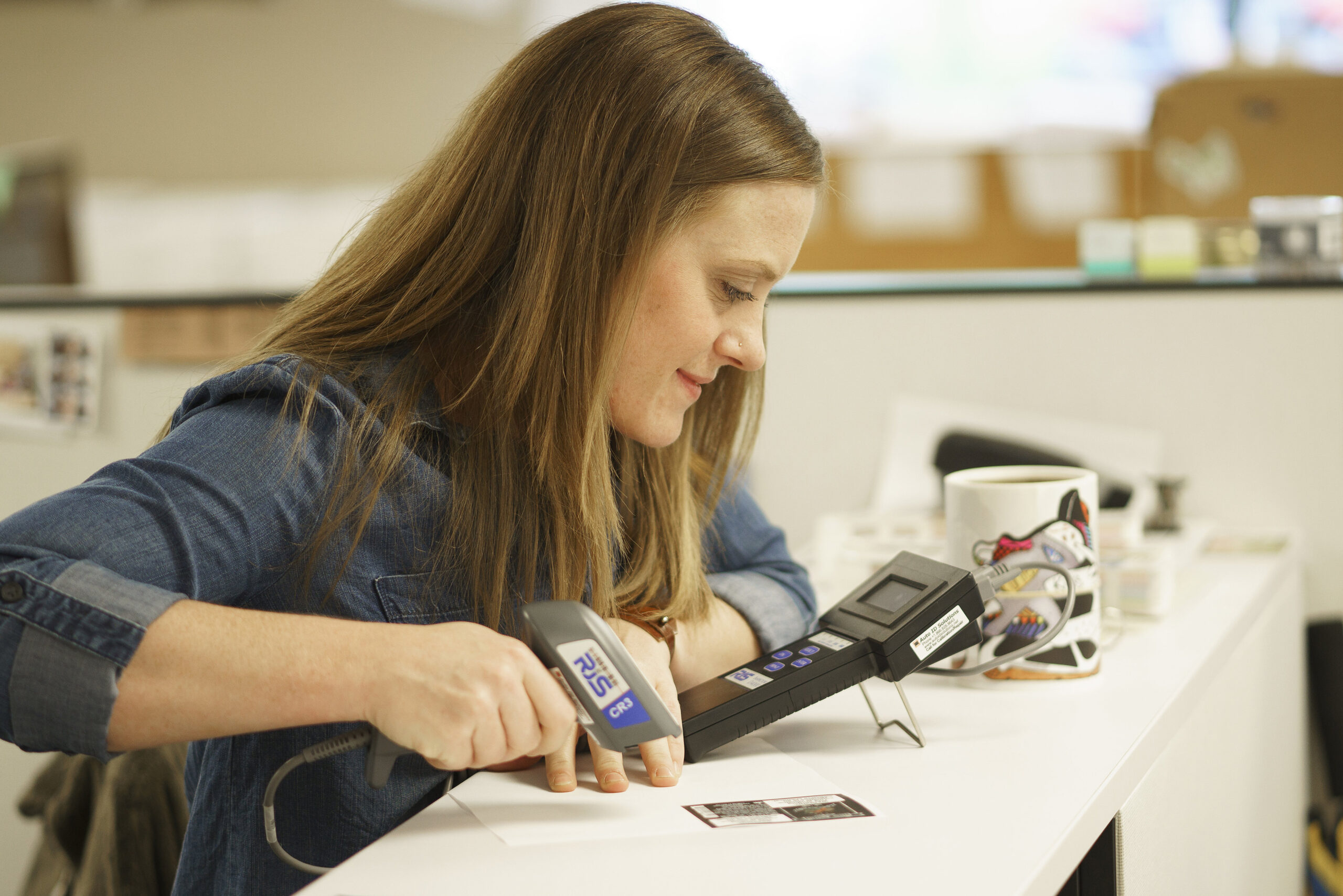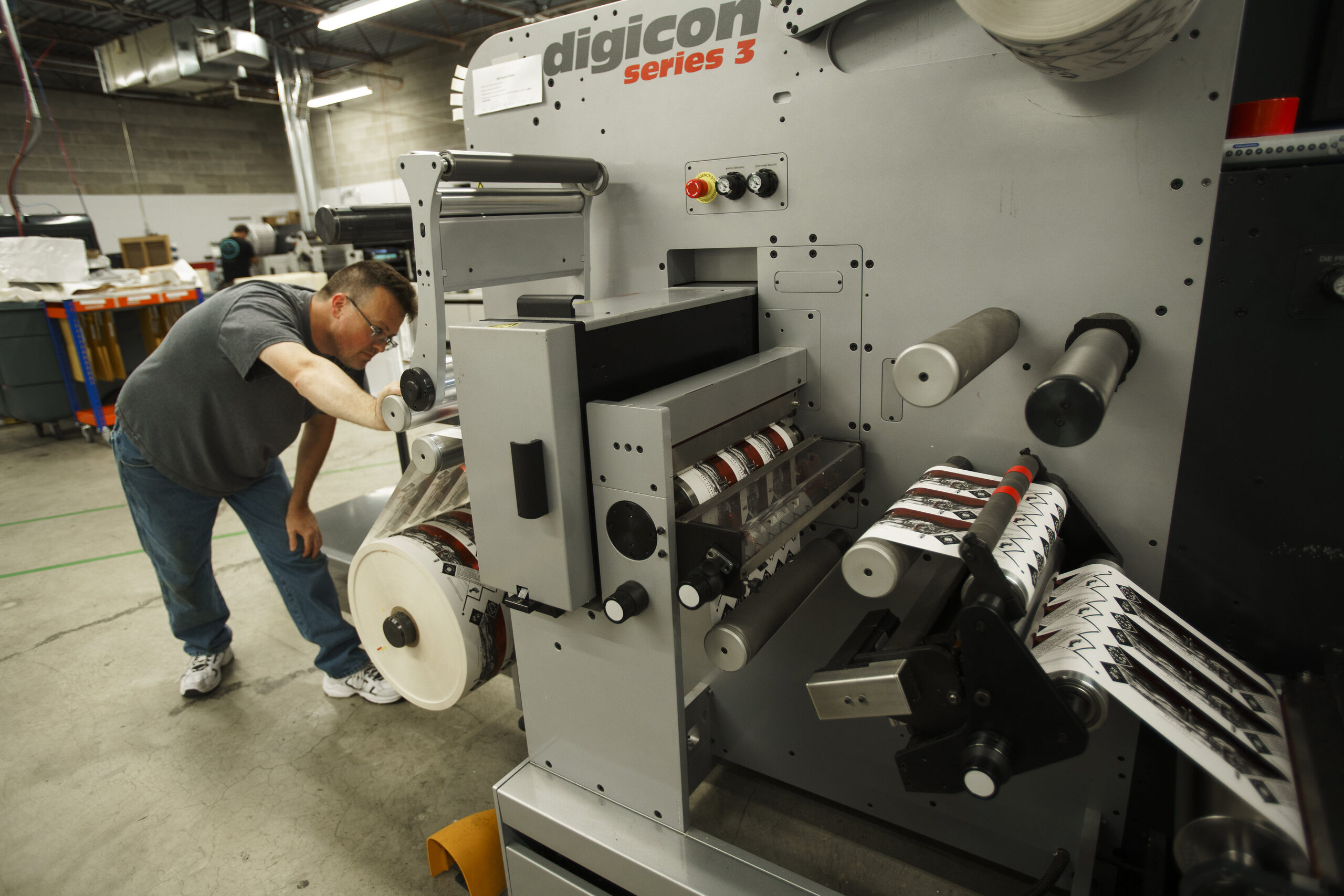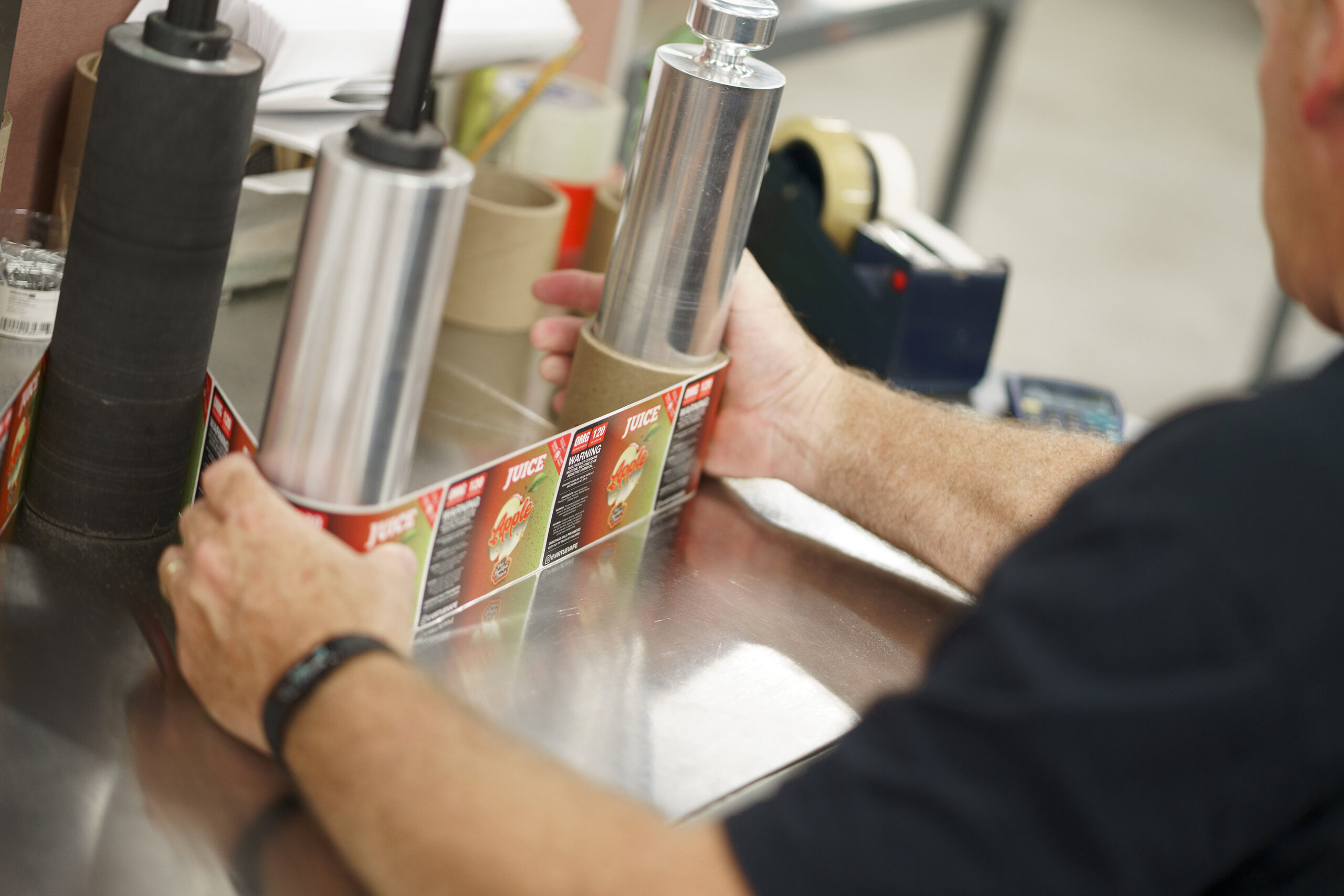How Labels are Made: Digital Printing from Design to Finished Product
Ever wondered what it takes to print your labels? Whether it’s a minimalist design or an ornate construction, each label goes through a specific process to produce an eye-catching finished product. Here’s what it takes to turn a label design into a finished product label.
Step 1: Label Quotes and Prepress
The very first step of the digital printing process involves gathering information and putting together a quote. As a digital label printing company, the first things we’ll need are: the size of your label, the material you want your labels printed on, and some quantities of your total label order. With that information, we’ll send back a quote for the project. If everything looks good, we’ll then need your artwork so we can send a digital proof for final approval before print.
With all the approvals confirmed, your artwork gets sent to our prepress department to review your print ready file. The prepress process essentially acts as a last line of defense before anything goes to the printer. This team reviews various elements of your art file to make sure that your artwork is prepared for printing. This includes making sure that the fonts are outlined, spot colors and Pantones are correctly labeled, images are embedded, and any other key details are addressed before we print your labels.

Looking for Custom Labels?
We put our all into every custom label we make. No exceptions. And with no minimum order quantities and a 5-day turnaround for digital label printing, we take pride in helping you perfect your first impression.
Request a Quote Get a Sample Pack
The prepress team will also look for any label elements that may be improved. For example, if your label has a barcode, they may do a test print of your label to see how well the barcode scans. If it doesn’t grade out well, they will double check with you to see if you want to modify the barcode or surrounding areas to improve the scan-grade.
Whether they discover an opportunity for improvement or issues with the art file, the prepress team will alert your account manager and send back your file so that your label is perfectly prepped for the printers. Once that’s done, it’s time for the next phase.
Step 2: Printing
When the art file is good to go, it moves to our state-of-the-art HP Indigo digital printing presses. Unlike traditional printing methods, digital printing doesn’t require the use of plates to transfer images onto labels. Instead, the HP Indigos read the digital files and use electronically charged particles in the inks to apply designs directly onto the label material. By cutting out the need for plates, digital printing not only saves you money on plate costs and setup fees, but also provides quicker turnarounds to save you precious time.
The process during the printing phase is simple: to print. The label material comes in long rolls that are fed through the printer, where the machine will print your design onto your material of choice. Once the rolls are printed, it’s time for them to get any finishing treatments and be cut for use.

Step 3: Finishing and Die Cutting
Once the labels are printed, they go through a finishing machine. This machine can apply many different treatments to a label, ranging from aesthetic elements like embossing or hot foil stamping to protective top layers like laminates and UV varnishes.
Another important purpose of the finishing process is to die cut each label and slit down the large roll into manageable, multiple rolls. To minimize waste and printing costs, we’ll lay out the labels to print side by side. After being die cut, the labels roll through a slitting portion of the finishing machine, the rolls are slit by little razors so that there are two or three rolls at the end of the press. This prepares them for the final stage of the label-making process.

Step 4: Winding and Shipping
Now that the rolls are finished and slit to a manageable size, it’s time to rewind each roll. The labels come off the finishing machines with large quantities on each roll, but that can be an issue for certain applicators. That’s why rewind machines re-roll your labels with exact quantities to break them up into more manageable amounts for your business.
After rewinding, the packaging department conducts a final quality check to review and ensure that your labels are good to go. Once everything is clear, your labels are packed up and shipped out so that you can use them for your products.
Simplify the Label-Making Process for Your Business
It takes multiple steps to produce a quality product label, but that doesn’t mean the experience has to be difficult. At Blue Label, we guide you through the process from start to finish. This collaborative approach allows us to understand what you and your labels need. Contact Blue Label today about your next label project.